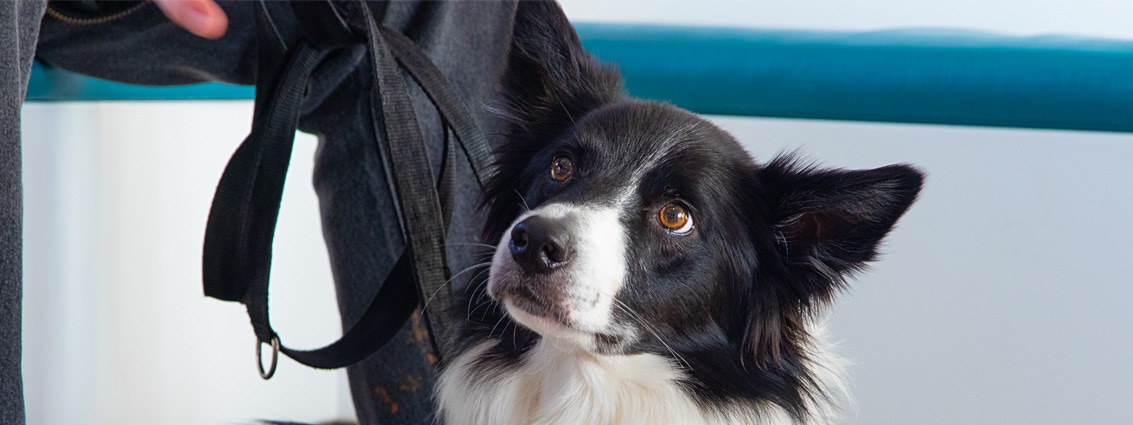Although not the nicest things to think about, anal gland impactions and the stinky smells they cause are important to understand and look out for in your pooches!
Dogs with anal gland issues not only smell, but they are often very uncomfortable. It’s useful to be able to identify any issues so we can address them quickly.
What are anal glands?
Dogs have two small sacs just inside the anus that produce a smelly liquid used for territory marking and identification – these are why dogs like to smell each other’s bottoms! Each time your dog poos, some of the liquid is squeezed out and deposited onto the faeces.
Why do anal glands get impacted?
When the glands don’t empty properly, they become impacted. Most often this is when your dog has soft stools for a few days, meaning there is not enough pressure to force the liquid out onto the poo.
How can I tell my dog has an anal gland impaction?
The most common signs of anal gland issues are:
- A horrible smell coming from your dog’s back end.
- Dragging or ‘scooting’ their bottom along the ground.
- Licking or biting around the bottom.
- Restlessness or being unable to sit comfortably.
What should I do if I am worried my dog has an anal gland impaction?
It’s best to make an appointment to bring your doggie down to see us. Normally we can manually express the sacs and make everything feel a lot more comfortable. Sometimes the glands can become infected, and we need to prescribe medication to fight the infection and provide pain relief. In rarer cases, we may want to flush the glands under a very short anaesthetic to try to prevent recurrence.
So although not the most polite of conversations, we hope we’ve given you the information you need to quickly spot when your dog has a problem with their anal glands. Spotting and dealing with problems quickly means a much happier and nicer smelling doggie!

